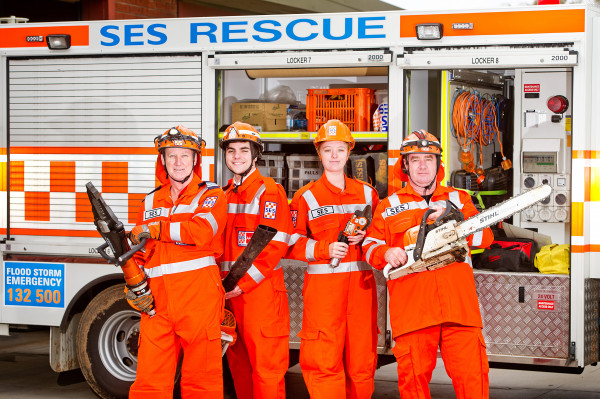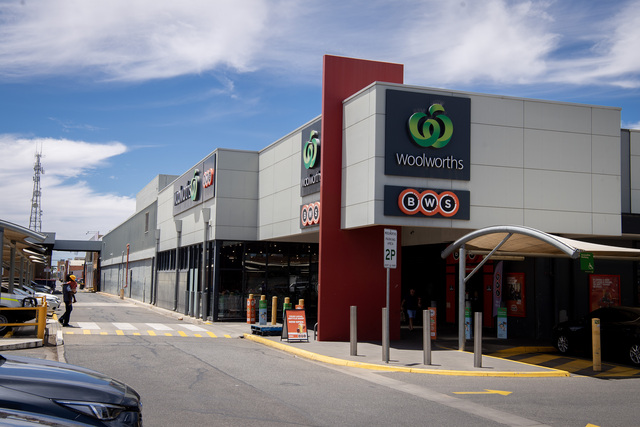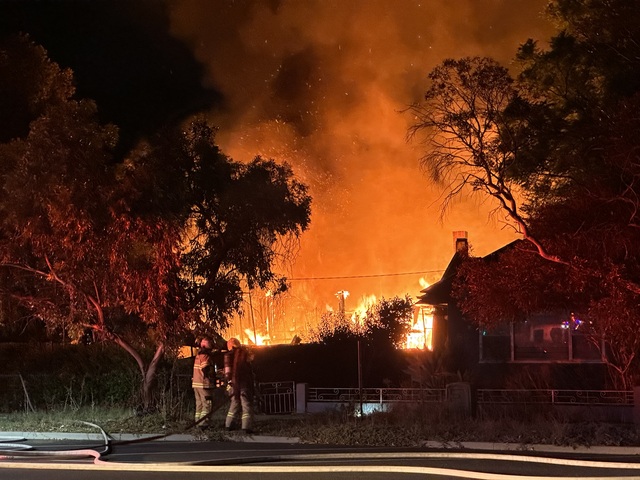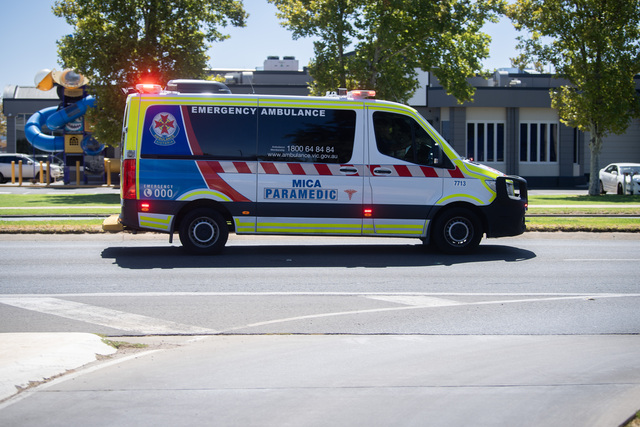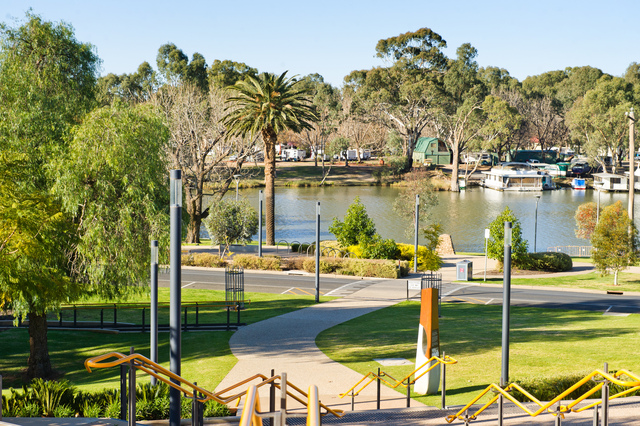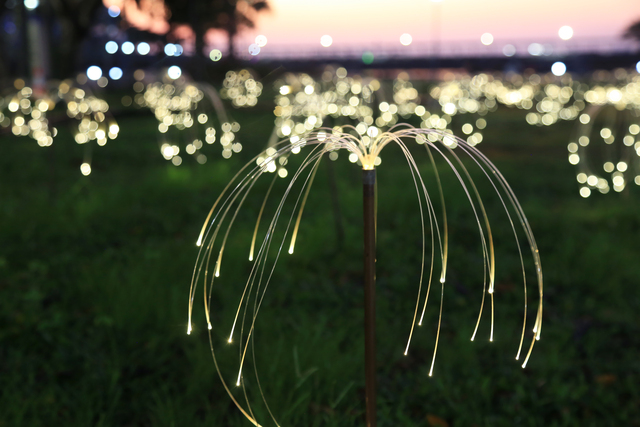The longstanding efforts of Mildura SES volunteers are being celebrated this month as the local service celebrates 40 years. Unit controller Michael Hellwege talks to Sarah Harman about just how far the service has come.
THEY are faced with some of the most confronting scenes, from car accidents, to serious storm damage, but our SES volunteers do not second guess attending those call outs, whether it be day or night.
The Mildura SES celebrated 40 years of service in Sunraysia, with an open day and special dinner for past and present members last weekend, while taking a look back through its history.
Having been with the local service for the past 35 years, unit controller Michael Hellwege says a lot has changed, much of it for the better.
For the first five years’, after setting up in Mildura, the SES operated without a headquarters, instead storing boats, trailers and other equipment at volunteers houses and various locations.
However the service took a big leap in 1983 when the Twelfth Street headquarters was built, and where it still stands today, just with a few additions to cope with the expanding service.
The local service currently has 25 volunteers ranging from 18 years to 77, of all experience levels.
Michael says there have been many memorable moments for the volunteers, with the flood and storm events of 2011, 2016 and 2017 among the standouts.
“In the 2011 floods we had 500 calls in 48 hours and 200ml of rain, some people were out of their houses for eight or nine months,” he says.
“You’re an emergency service worker but you also have to be a little bit of a counsellor and try to reassure them, yes we are going to do what we can to make the house liveable, but if we can’t we have to suggest they make other arrangements.
“Council can organise short-term emergency accommodation and DHHS steps in for longer term stuff; years ago none of that was in place, there’s a lot more support services in place for those displaced from their home.”
Support for volunteers has also come along way according to Michael, with SES members able to contact people who understand what they have been through, with the Peer Support Program run by trained SES personnel.
Stephanie McCarten has been an SES volunteer for the past 18 months, and says attending her first job was a game changer.
“One of the most memorable was my first high speed collision it just destroyed the bonnet of the car and somehow the guy was OK, that was a real eye opener about just how much damage a car can do when it’s travelling at 100km/hr,” she says.
“It was confronting when we first turned up because I’d never seen anything like that before and seeing that everyone got out OK.”
While Kerry Thompson, who signed up last September, says it was a way for her to give back.
“Sitting at home watching these sorts of emergency situations on TV and you wonder how you can help,” Kerry says.
“I work in an office all day so I wanted to learn something practical and I like to volunteer so rather than sitting in committee meetings it’s good to get out and learn something completely new to me and there’s a good social aspect to it too.
“Now, when I’m sitting at home and it starts raining while everyone bunkers down, instead I’m waiting for the pager to go off to see what we get called out to, it could be a storm or car accident, it’s all learning for us.”
Michael acknowledged the support volunteers receive from family, friends and employers, who allow them to help out their community.
“Some members are allowed to leave their employment during the day to attend life threatening incidents, without that support it makes it difficult for us,” he says.
“And family and friends, they’re the ones who are left behind when the pager goes off, particularly the mums with kids who are left at home alone.
“You need that support to be able to do what we do, without that it just doesn’t work.”

